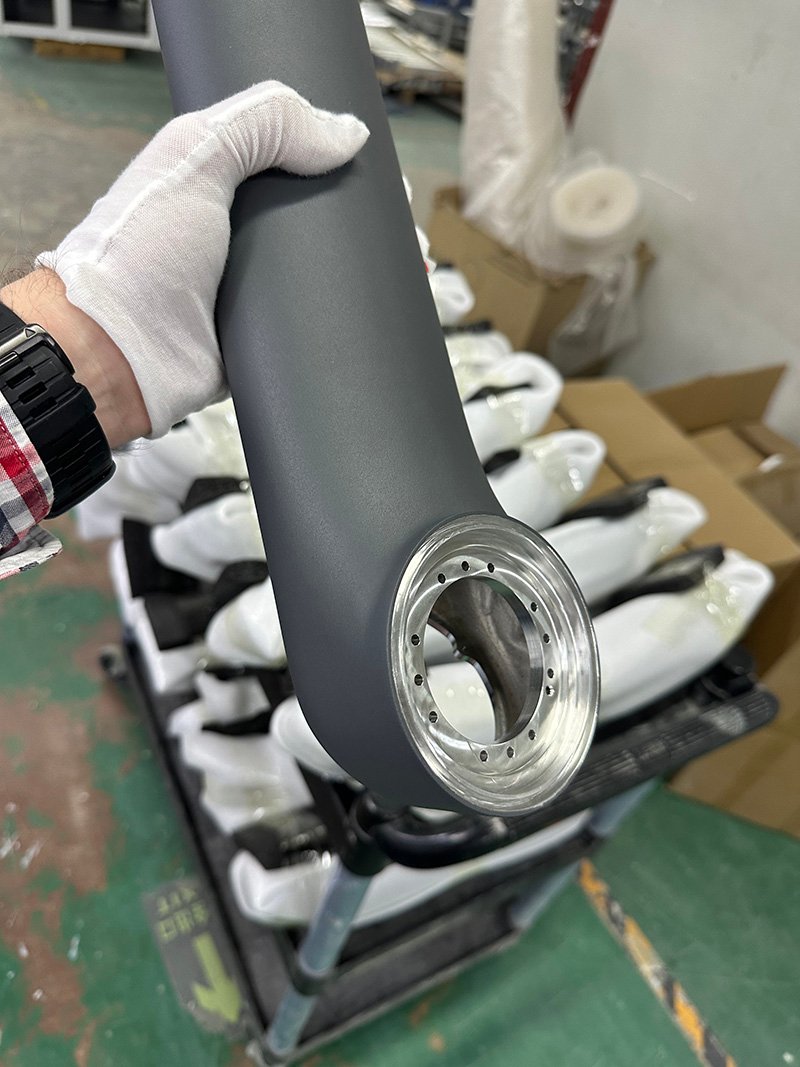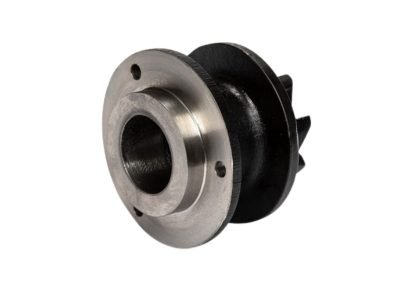customized investment casting stainless steel parts

1. Introduction to Investment Casting
Investment casting, also known as precision casting, is a metal casting process that uses a wax pattern to produce complex-shaped metal parts. The process involves creating a wax pattern of the desired shape, which is then covered with a ceramic shell. The shell is heated until the wax melts and drains out, leaving a void in the shape of the original wax pattern. Molten metal is then poured into the shell, filling the void. After solidification and cooling, the shell is broken away, revealing the finished metal part.
2. The Importance of Stainless Steel in Investment Casting
Stainless steel is a popular choice for investment casting due to its excellent corrosion resistance, high strength, and aesthetic appeal. It is widely used in various industries, including aerospace, medical, and automotive, where the quality and precision of the parts are critical.
3. Customized Investment Casting Process
Customized investment casting involves several steps, from the design of the wax pattern to the final delivery of the stainless steel parts. Here is a detailed explanation of the process:
3.1 Design and Pattern Making
The first step is to design the part using computer-aided design (CAD) software. The design must consider the casting process, material properties, and the desired surface finish. Once the design is finalized, a wax pattern is created using a 3D printer or by hand sculpting.
3.2 Shell Making
The wax pattern is then invested with ceramic material, creating a shell around it. This process involves dipping the pattern into a slurry of ceramic powder and binder, and then drying and firing the shell at high temperatures.
3.3 Wax Removal
Once the shell is ready, the wax pattern is melted and drained out, leaving a void in the shape of the original pattern. This step is crucial to ensure that the shell is tightly fitted around the void, which will determine the accuracy of the final part.
3.4 Molten Metal Pouring
The shell is then filled with molten stainless steel. The temperature and pouring speed must be carefully controlled to avoid defects such as porosity and shrinkage.
3.5 Cooling and Shelling
After the metal has solidified, the shell is cooled and then broken away, revealing the finished stainless steel part. The part is then cleaned and finished according to the customer’s requirements.
4. Advantages of Customized Investment Casting Stainless Steel Parts
Customized investment casting offers several advantages over traditional casting methods:
4.1 High Precision and Complex Shapes
Investment casting can produce highly precise parts with intricate shapes that are difficult to achieve using other casting methods. This is due to the accuracy of the wax pattern and the tight fit of the ceramic shell.
4.2 Excellent Surface Finish
The ceramic shell provides a smooth, uniform surface finish, reducing the need for additional finishing operations. This results in a cost-effective and efficient production process.
4.3 Material Flexibility
Stainless steel is a versatile material that can be used in various applications. Customized investment casting allows for the production of stainless steel parts with different compositions and properties, catering to the specific needs of the customer.
4.4 Reduced Waste
Investment casting minimizes waste compared to other casting methods. The wax pattern is reusable, and the ceramic shell can be recycled.
5. Applications of Customized Investment Casting Stainless Steel Parts
Customized investment casting stainless steel parts find applications in various industries:
5.1 Aerospace Industry
Stainless steel investment casting parts are used in aerospace applications, such as engine components, turbine blades, and fuel system components. These parts require high strength, corrosion resistance, and precision.
5.2 Medical Industry
The medical industry utilizes stainless steel investment casting parts for orthopedic implants, surgical instruments, and dental devices. These parts must meet strict quality and biocompatibility standards.
5.3 Automotive Industry
Automotive applications of stainless steel investment casting parts include engine components, exhaust systems, and suspension parts. These parts need to be durable, lightweight, and resistant to corrosion.
6. Common Questions About Customized Investment Casting Stainless Steel Parts
1. What is the minimum order quantity for customized investment casting stainless steel parts?
The minimum order quantity varies depending on the complexity of the part and the volume of production. Generally, a few hundred to a few thousand units are required.
2. Can stainless steel investment casting parts be used in high-temperature environments?
Yes, stainless steel is known for its excellent heat resistance, making it suitable for high-temperature environments.
3. How long does it take to produce customized investment casting stainless steel parts?
The production time depends on the complexity of the part and the volume of orders. Typically, it takes several weeks from the design stage to the final delivery.
4. What is the surface finish of stainless steel investment casting parts?
The surface finish of stainless steel investment casting parts is smooth and uniform, which can be further improved through polishing or other finishing processes.
5. Can stainless steel investment casting parts be customized to meet specific material properties?
Yes, stainless steel can be alloyed with various elements to achieve the desired material properties, such as corrosion resistance, strength, and toughness. Customized investment casting allows for the production of parts with specific material compositions.
